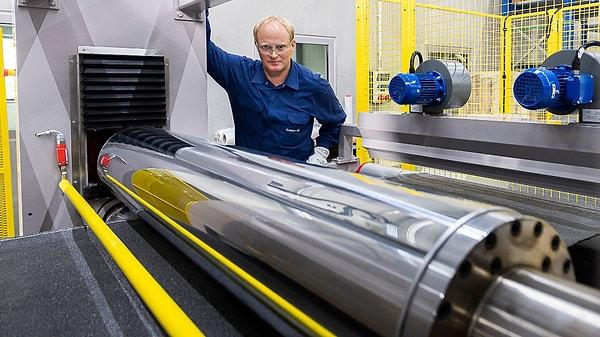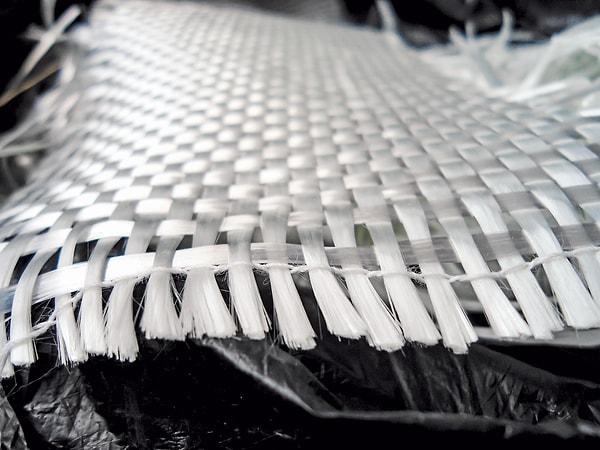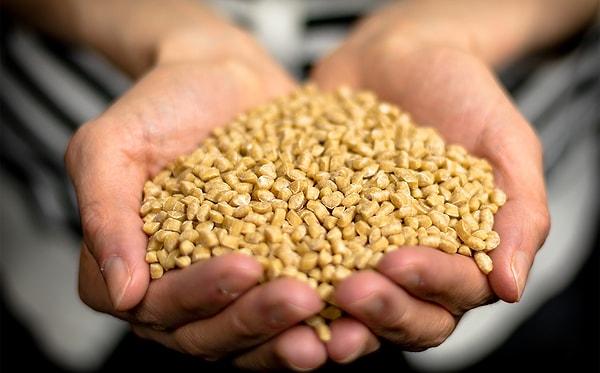A New Type Of Wood-Based Plastic Could Enable Circular Home Decors And Building Materials

The usual plastic materials used during home furnishings and building supplies might be replaced by a new type of quasi wood-based compostable plastic. Unlike thermoplastics, the new material could be decomposed without compromising the environment, according to Swedish researchers.
The creation of renewable wood composites has this particular goal of producing materials that are powerful enough to substitute fossil-based components used during home building and furnishings including cabinets, doors, ceilings, and benchtops. It should also be circular or viable.
'Degradability enables circularity,' says Peter Olsén, a researcher at Stockholm's KTH Royal Institute of Technology. 'By degrading the plastic, the fibers and chemical components from the plastic can be recycled.'

High fiber content is essential for the strength of certain fiber-based materials, but delivering a degradable wood composite without extensive heat radiation damage from procedures like melt-compounding is quite challenging.
Olsén and his colleagues at KTH claim to have discovered a way to deliver both high fiber content and degradability.
“No one has been able to make a degradable plastic with fiber content this high before, while having good dispersion and low fiber damage,” Olsén says. “This enabled the material properties to be improved dramatically compared to previous attempts.”
The researchers amalgamated polymer chemistry to processing technologies comparable to that used in carbon-fiber composites to obtain greater fiber content.
'Everything is based on cheap and available raw materials', Olsén says. The degradation products are also environmentally safe and can be reused, enabling what Olsén refers to as a 'fully-circular product concept,' and it has the potential to save trees. 'It invites recycling of wood fibers to enable reformation of the material,' he says.

However, Olsén believes that the formula must be improved before it can be commercialized. “The key to the work is that it shows a new way of how we can create degradable biocomposites with high fiber content,” he says.
These wood-based plastic composites are mostly sustainable since the utilized waste maintains the carbon capture of the trees and does not play a role to further habitat destruction. The composites are very sustainable, but even so, if the plastic material is reused or degradable, and the admixtures are organic.
Keşfet ile ziyaret ettiğin tüm kategorileri tek akışta gör!


Send Comment